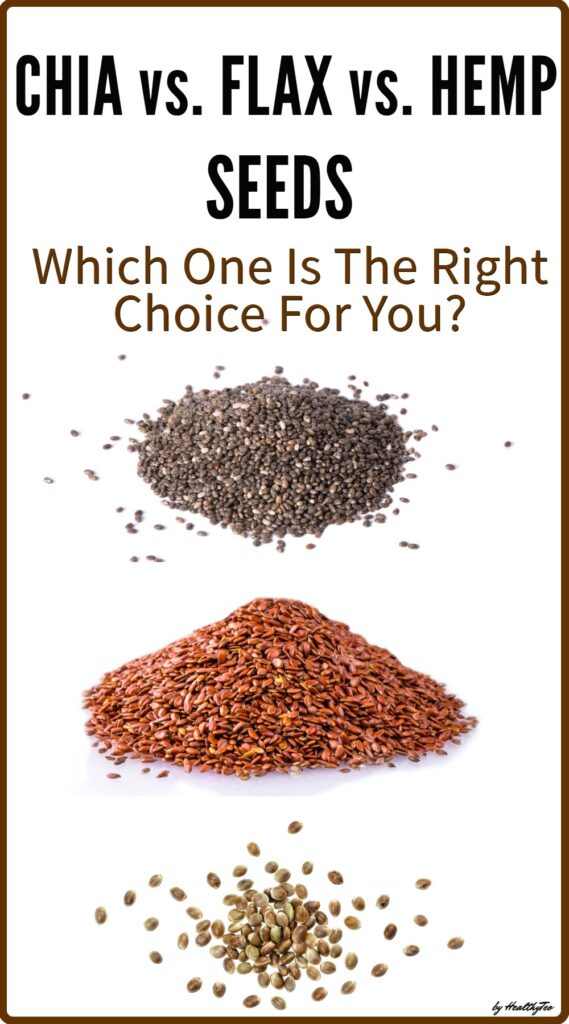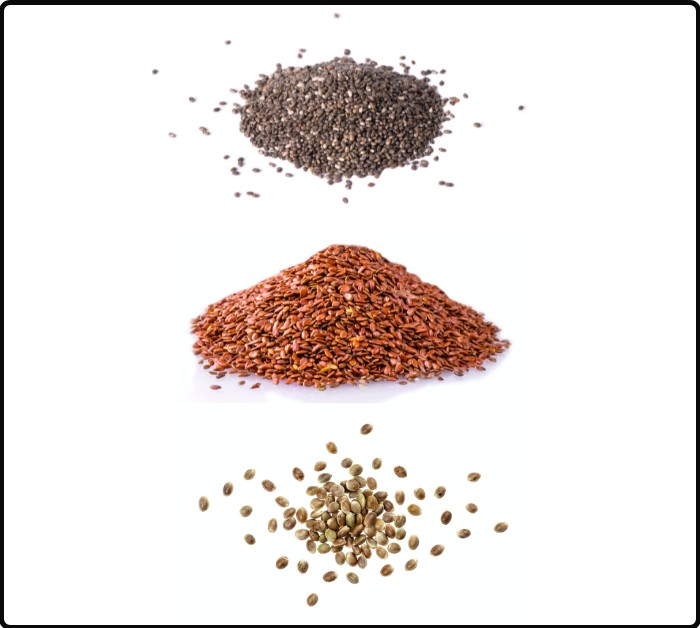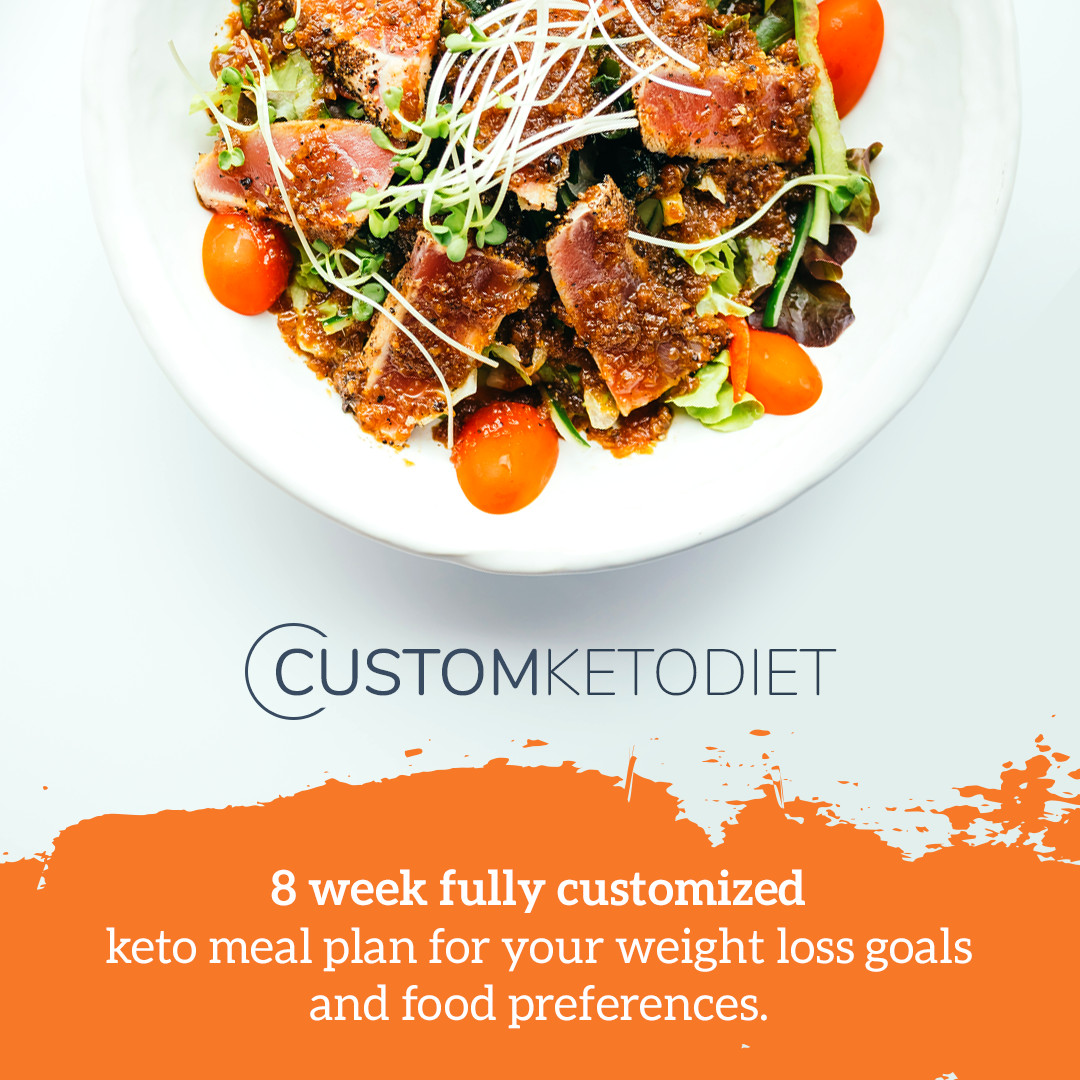Chia, flax, or hemp: Which seed is better for you?
All edible seeds should be part of your healthy diet. If you can’t decide which of these three seeds, chia, flax, and hemp is the right choice for you, we will try to help you.
Here in this article, you will find out about the nutritional benefits of chia, flax, and hemp seeds. Also, what are their differences and what to expect of adding each of these seeds into your diet!
This post may contain affiliate links, which means we may receive a small commission, at no cost to you, if you make a purchase through a link. For more information, please see our disclosure.
Chia seeds
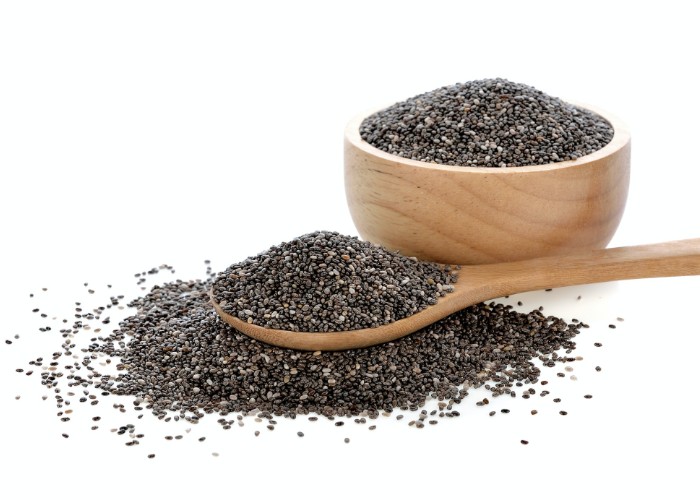
Chia has a long history of human consumption. These tiny, flat, and ovular seeds with a shiny and smooth texture were a staple food for the ancient Mayans and Aztecs.
Back then chia seeds weren’t staples in smoothies and breakfast bowls. They were mixed with flour to make tortillas, or combined with water and cooked to make porridge or a soup.
Today thanks to their impressive nutritional profile, chia seeds are considered a “superfood” and are consumed around the globe. There are many different ways to eat chia seeds. They can be eaten raw, added to smoothies, used to make chia seed pudding, or sprinkled over breakfast cereals and salads.
Nutritional benefits of chia seeds
According to the USDA, a 1 oz (28 grams) serving of dried chia seeds provides:
- Calories: 138
- Protein: 4.68 grams
- Carbs: 11.9 grams
- Total fat: 8.7 grams
- Fiber, total dietary: 9.75 grams
- Calcium: 179 mg
- Magnesium: 95 mg
- Potassium: 115 mg
- Phosporus: 244 mg
High fiber content
Chia seeds are 40% fiber by weight. This makes them one of the best sources of fiber in the world. Because of its high soluble fiber content, chia seeds can absorb up to 10-12 times their weight in water, becoming gel-like and expanding in your stomach.
This should theoretically increase fullness, slow absorption of your food, and help you eat fewer calories. Fiber also feeds the friendly bacteria, which helps you to keep your gut flora well fed which is crucial for good health.
Good source of high quality protein
By weight, chia seeds are about 14% protein which is very high compared to other plants. They are an excellent protein source especially for people who eat little or no animal products.
Protein is the most weight loss-friendly macronutrient and can reduce appetite and cravings. According to a study published in 2011, a high protein intake has been shown to reduce obsessive thoughts about food by 60% and the desire for nighttime snacking by 50%.
Good to remember: You should soak chia seeds for at least 15 minutes before you eat them. If they are not soaked before eating they may expand and cause blockage, increasing your risk of choking.
Not just the fiber and protein content. There are many other reasons why chia seeds are good for you. Here you can find out more about the benefits and side effects of chia seeds.
Flax seeds
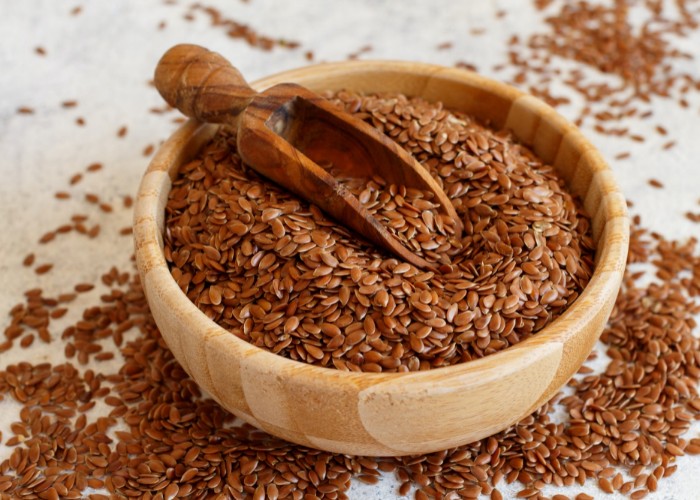
Flax seeds also known as linseeds are small oil seeds usually brown or yellow. They are sold whole, ground, roasted, or processed into flaxseed oil.
These edible seeds are ideal for adding to both sweet and savory foods. Today there are many ways to add flax seeds into your diet. You can use them as an egg substitute, topped on oatmeal, in smoothies, for baking, etc.
The high content of omega-3 fatty acids, lignans, fiber, and other plant compounds are responsible for many of the flax seeds benefits.
Nutrition facts
In just one tablespoon or 7 grams of ground flax seeds, there is a good amount of fiber, omega-3 fatty acids, and protein. They consist of 42% fat, 29% carbs, and 18% protein.
One tablespoon or 7 grams of ground flax seeds contain:
- Calories: 37
- Protein: 1.28 grams
- Carbs: 2.02 grams
- Fiber: 1.91 grams
- Total lipid (fat): 2.95 grams
- Omega-3 fatty acids: 1,597 mg
- Vitamin B1: 8% of the RDI
- Magnesium: 7% of the RDI
- Phosphorus: 4% of the RDI
Great source of lignans
Flax seeds are one of the richest dietary sources of lignans. Lignans are polyphenolic compounds found in plants. They are present in a wide variety of plant foods, including seeds (flax, sunflower, pumpkin, poppy, sesame), whole grains, bran, beans, fruits, vegetables.
They are a class of phytonutrients or plant-nutrient called phytoestrogens. Phytoestrogens have weak estrogenic and antioxidant properties.
Flax seeds lignans have been linked to a decreased risk of heart disease and metabolic syndrome. They also may help reduce blood pressure, oxidative stress, and inflammation in your arteries.
Flax seeds contain up to 800 times more lignans than other plant foods.
High in omega-3 fats
These seeds contain 42% fat. This fat is composed of:
- 73% polyunsaturated fatty acids, such as omega-6 fatty acids and omega-3 fatty acid alpha-linolenic acid (ALA).
- 27% monounsaturated and saturated fatty acids.
They are one of the richest sources of ALA. This is an essential fatty acid which means your body cannot produce it. So you need to obtain it from the food you eat.
Due to their high content of omega-3 fatty acids, flax seeds have a lower ratio of omega-6 to omega-3 than many other oil seeds. This lower ratio of omega-6 to omega-3 has been linked to a lower risk of various chronic diseases.
Flaxseed oil contains the highest amount of ALA. Eating whole flax seeds provides the least amount of ALA as the oil is locked up inside the fibrous structure of the seed.
Hemp seeds

Hemp seeds are the seeds from the hemp plant. They are from the same species as cannabis (marijuana) but a different variety. These seeds contain only trace amounts of THC, they have been bred to contain low levels (0.3%) of THC which is the prohibited and active component of marijuana.
Hemp seeds are the hard crunch seed of the plant. Hemp hearts are the hulled seeds, the same item but without the crunchy outer layer.
Nutritional benefits of hemp seeds
Here are the nutrition facts for 3 tablespoons (30 grams) of hulled hemp seeds:
- Calories: 166
- Protein: 9.48 grams
- Total fat: 14.6 grams
- Fiber: 1.2 grams
- Magnesium: 210 mg
- Phosporus: 495 mg
- Potassium: 360 mg
- Vitamin E: 0.24 mg
Hemp seeds are high in protein
They contain as much protein as soybean. Hemp seeds are a complete source of protein, they provide all essential amino acids.
Amino acids are the building blocks for all proteins. The body can’t produce nine of these acids, so a person must absorb them through the diet. A few plant-based foods are complete sources of protein, making hemp seeds a valuable addition to a vegan or vegetarian diet.
Essential fatty acids
Like chia and flax, hemp seeds also are a great source of omega-3 fatty acids. As we mentioned before omega-3s and omega-6s ratio is very important. People tend to eat more omega-6 and less omega-3 fatty acids.
Adding hemp seeds to the diet may help to promote balance. Furthermore, hemp seeds do not contain trans fats and are low in saturated fats.
Hemp seeds are also rich in vitamins and minerals. If you want to find out more about these seeds here is a further reading for you about the benefits and side effects of hemp seeds.
Chia, flax, and hemp seeds differences
Taste
Chia seeds have a mild, nutty flavor that works well to complement both savory and sweet dishes. Some find the taste to be similar to poppy seeds or an alfalfa sprout.
In the raw form, the texture of chia seeds is crunchy and dense ( never eat raw chia seeds, soak them at least 15 minutes before consuming). In-gel form the soaked chia seeds absorbed the liquid they become soft like the pearls of tapioca.
Flax seeds have a nutty or earthy flavor with a hint of sweetness. Golden flax seeds tend to be smooth and nutty, whereas brown flax seeds have a more earthy undertone. People tend to prefer golden to brown.
Hemp seeds taste like a combination or a mix between pine nuts and sunflower seeds. Eating hemp seeds gives a nutty, yet subtle flavor. Hemp can taste different depending on its form who processes it and where it’s grown.
Nutrition
According to the presented nutrition facts about these 3 seeds above, we can see that all 3 seeds are rich in protein, fiber, and fat but there are some differences in their nutrient content.
Chia seeds win for the highest fiber content! The fiber is mostly soluble which helps to fill us up until the next meal, adds bulk to stool, and helps to control blood sugar.
They also contain the highest content of calcium. Easily digested when soaked without the need to grind the seeds, unlike flax seeds.
Flax seeds are the highest source of plant-based omega-3 fatty acids compared to hemp and chia seeds. They also contain lignans, a phytochemical which reduces cancer risks by acting as antioxidants. To reap all the benefits from flax seeds you should grind them.
Hemp seeds win for the most protein per serving compared to chia and flax! They contain 3 times more omega-6 than omega-3 fatty acids. Also are a good source of iron and zinc which are important for body functions.
Ways to eat them
The main reason why chia, flax, and hemp seeds are so popular is that they can be eaten in so many different ways. Here are some of the popular ways to add these seeds into your diet:
- Mix them into your smoothie
- Srinkle on top of slads, cereals, yogurt, or oatmeal
- Ground the seeds to use them as condiments
- Substitute the seeds for breadcrumbs to coat fish or chicken
How to add hemp seeds to your diet
Just like you blend almonds to make almond milk, you can use hemp seeds to make hemp seed milk which is a great alternative to dairy milk.
Grounded hemp seeds are used for making hemp butter, which you can consume like you would eat peanut or almond butter.
Toasted hemp seeds can be eaten like popcorn.
How to eat chia seeds
It is good to remember that chia seeds are eaten soaked. You can’t eat raw chia seeds,. They must be soaked in water or other liquid at least 15 minutes or more minutes before consumption.
The best way is to leave them to soak overnight. You can make chia seed pudding, chia seed jam, or use them for your backed goods. Here you can find out more about how to eat chia seeds.
Best ways to eat flax seeds
Your body can’t absorb the nutrients from whole flax seeds, so you need to grind them before eating or just buy ground flax seeds. You can add flax seeds to baked goods, in smoothies, salads, or the main reason why people use flax seeds is for an egg substitute.
The basic ratio for making a flax egg is one tablespoon of flax seeds and 3 tablespoons of water to replace one egg. Here you can find out more about the best ways to eat flax seeds and how to properly make a flax egg.
Which seed is best for you chia, flax or hemp
When it comes to which type of seed is the best it mostly depends on what you are looking for. Chia, flax, and hemp seeds are all good for you and you should add them to your diet.
If you need greater protein intake choose hemp seeds, if you want more fiber and calcium then chia seeds are the best choice. Flax seeds are the highest in omega-3s compared to chia and emp. They also contain lignans.
All seeds offer similar and unique health benefits. You won’t go wrong with any of these seeds. Including different varieties of edible seeds in your diet ensures access to all the essential fatty acids, protein, fiber, vitamins, minerals, and antioxidants.
So there is no clear winner among these three seeds. Include all of them in your diet in moderation. If you haven’t tried these seeds or you are allergic to nuts or have other food allergy consult with your doctor or nutritionist before consuming them!
